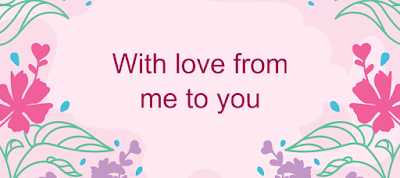When you start writing copy for your website – or are about to undertake a revamp – you need to do more than decide what you want to say.
The first thing you need to do is to find out what people are looking for when they come to your website.
- What keywords do they search on?
- What are the problems they’re trying to solve?
- What information are they looking for?
If you’re not sure of the answer – and your friendly web designer can’t tell you from the statistics – then you need to find out what your existing clients buy from you.
That might sound obvious, and the answer for most people is knee-jerk – ‘My services’ (or ‘My products’). However, it’s not as simple as that. People don’t just buy what you do or what you sell, they buy the experience of working with you or doing business with you.
I was helping a client to get their marketing material focused; he was a business consultant that specialised in the people end of project management. He thought that people bought his project management skills and understanding of how people approach a project, but, when he asked his clients what they got from working with him, he was astounded at the feedback he got!
“You do what you say you will.”
“You turn up on time, don’t make a big deal and get the job done on time.”
“We know we can rely on you to deliver what you promise – without disrupting our workplace.”
Now he has a completely different focus for how he presents his services. He’s still delivering the same services, but he’s focused on the experience people get from working with him, not on what he does.
When you’re writing content for your website it’s not about what you do (or sell), it’s about what the reader gets. That means your content should be focused on ‘you’, not ‘we’.
Third party validation
There’s nothing like someone else banging your drum for you! People expect you to say you’re good at what you do on your website, but it’s much better when someone else says it.
Most clients are happy to provide a testimonial often along the lines of:
“Working with Susan was a great experience, she was easy to talk to and made the process really easy.”
If you think that’s a good testimonial – think again – that’s therapy! It’s only one part of the three parts you need. Most clients are delighted to tell you how much they like you, but they forget the critical parts of the equation – what did you do and what did they get?
An ideal testimonial should look like this:
“Susan took on our recruitment strategy development and not only made the process really easy, but cut our recruitment costs from £500 per new member of staff down to £300. She’s also reduced the management time spent in interviewing by 40% and the candidates we’re recruiting are much better quality.”
Can you see the difference? Anything that’s measurable in numbers is like gold dust as most people are very conscious of the return on investment in the services they hire in.
What else should you be asking your clients for while they’re happily completing testimonials for you? That’s easy – referrals – “Who else do you know who would benefit in the same way as you have from my services?” They always know someone! Don’t forget to add “Would you introduce me?” and then watch your business grow without having to do cold calls.





